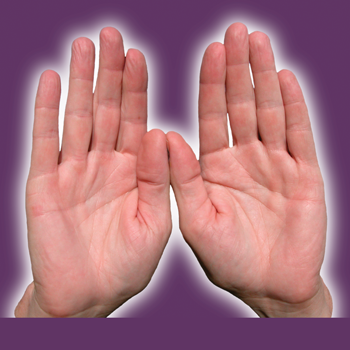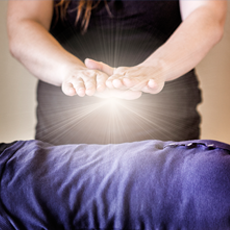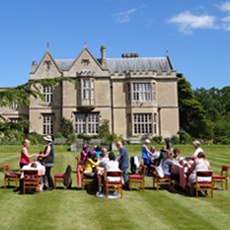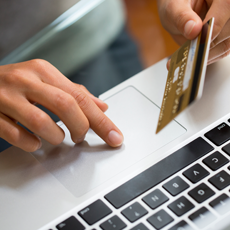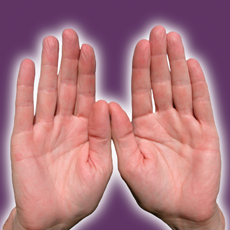by William Lee Rand
When Reiki first started to become popular in the 80's all most people had was Reiki I training. This is because at that time Reiki II cost $500.00 and because of inflation this would be more than $1000.00 today! And only a few people took the Reiki Master class because it cost $10,000.00 and it was rarely taught. Because of this, the Reiki sessions given were very simple and based on a treatment method introduced by Takata Sensei called the "foundation treatment." This involved no Reiki symbols and just 8 hand positions including placements over the abdomen, around the shoulders and head and a few optional hand positions on the back. After a while this developed into a larger number of hand placements, but it remained quite simple.
As Reiki became more popular, especially in the mid-90's and into the early part of the new millennium, lower prices for classes allowed students to more easily take Reiki II, the Master level and more advanced forms of Reiki. These higher level classes not only increased the strength of the student's Reiki energy, but also introduced the use of Reiki symbols. At the same time, new Reiki healing methods were developed and research in Japan uncovered what we now call the Japanese Reiki Techniques. Because of these developments, a much more sophisticated Reiki healing style became possible involving the use of many symbols and healing methods. These include the Reiki II, Master and Karuna symbols, Aura Clearing (also called Psychic Surgery), the Healing Attunement, Byosen Scanning, Gyoshi ho, Koki-ho and Reiki Chanting.
As Reiki students take these higher level trainings and learn the new symbols and techniques the question arises as to how to make use of all the healing skills and methods that have been learned. Does one use all the symbols one has learned and all the various healing methods on every client or does one choose those healing methods that are appropriate for the client during the current Reiki session?
As research into the history of Reiki has progressed it was discovered that the original style of Reiki practiced in Japan by Usui Sensei and Hayashi Sensei was an intuitive style in which each client is given a unique Reiki session that makes use of the symbols and healing techniques that the client needs in the moment. This type of session is usually unplanned and guided by inner awareness that spontaneous arises in one's mind.
The use of one's intuition in a Reiki session can be enhanced by the practice of a Japanese Reiki Techniques called reiji-ho. This technique was developed by Usui Sensei. As you practice this technique, your ability to call on your intuition will develop. And in fact it can be used not only during a Reiki session, but at any time you would like to be guided by Reiki.
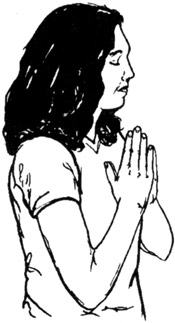 Reiji-ho
Reiji-ho
Reiji-ho means indication of the Spirit and is the second pillar of Reiki.(1) It refers to the guidance that comes from the Spirit of Reiki. This is a technique that allows you to be intuitively guided during a Reiki session. It can be used to determine how to carry out a session for a client—which symbols and techniques to use, to determine where to place the hands during a session as well as where to place the hands to help specific illnesses and conditions.
A modified version of this technique can be used before you start the session to determine which techniques you'll be using. If you are guided to start with a Healing Attunement, followed by Aura Clearing and then hand placements, you can follow the steps below before beginning the hand placements while the client is laying on the Reiki table and you are seated at the head.
1. Place your hands into the Gassho position in front of the heart as shown in the figure above.
2. Say a prayer, asking that your ego be set to the side so that only pure Reiki energy will flow through you. Also give thanks to the source of Reiki and ask that it begin flowing now.
3. Say a prayer on behalf of the client, asking that she or he receive the greatest healing experience that the source of Reiki can conceive of.
4. Move your hands up so the thumbs touch the third eye (the area between the eye brows). Ask Reiki to show you what type of Reiki session is best for this including which symbols and techniques to use. Also ask Reiki to guide your hands during the session to the positions that are needed by this client. You could also ask to be shown the best places to treat a specific condition.
5. Follow your inner guidance and allow your hands to be directed by Reiki. Also, follow this guidance in deciding which symbols and techniques to use throughout the session.
6. Use Reiji-ho anytime during the session when you need additional guidance.
1 The first pillar is Gassho meditation and the third pillar is chiryo or the actual treatment.


